Every merchant faces the constant threat of chargebacks, which can drain valuable time and revenue. To effectively combat this issue, it’s essential to understand the underlying factors that contribute to chargeback risk. By identifying these risk factors and implementing targeted prevention strategies, you can significantly reduce the likelihood of disputes and protect your business’s bottom line.
This comprehensive guide will explore the top 30 reasons customers file chargebacks. For each risk factor, we’ll delve into why your business might be vulnerable and outline effective strategies to mitigate chargeback risk. Armed with this knowledge, you can take proactive steps to prevent chargebacks and safeguard your merchant account.
Why Customers File Chargebacks: A Deep Dive
To effectively combat chargebacks and protect your business, it’s essential to understand the underlying reasons why customers initiate disputes. This comprehensive guide will explore the three primary sources of chargebacks:
- Criminal Fraud
- Friendly Fraud
- Merchant Error
The Three Primary Sources of Chargeback Risk

Criminal Fraud
Disputes arise from malicious actions like hacking or unauthorized transactions.

Friendly Fraud
Disputes stemming from accidental or intentional abuse of the chargeback process by the cardholder.

Merchant Error
Disputes resulting from mistakes or oversights on the merchant’s part, such as incorrect billing or failure to deliver goods.
Mitigating Chargeback Risk: A Proactive Approach
To effectively minimize chargeback risk and counteract fraudulent or erroneous disputes, focus on the following strategies:
- Identify Common Practices and Oversights: Pinpoint the specific areas where your business might be vulnerable to chargebacks.
- Implement Targeted Solutions: Develop and implement strategies to address the identified risk factors.
- Adopt Best Practices: Incorporate proven industry best practices to enhance your chargeback prevention efforts.
By taking a proactive approach and addressing the root causes of chargebacks, you can significantly reduce the likelihood of disputes and protect your business’s financial health.
Top 30 Chargeback Triggers: A Merchant’s Guide to Prevention
To effectively combat chargebacks and protect your business, it’s essential to understand the common triggers that lead to disputes. By identifying these risk factors and implementing targeted prevention strategies, you can significantly reduce the likelihood of chargebacks and safeguard your merchant account.
This comprehensive guide will explore the top 30 chargeback triggers that merchants frequently face. For each trigger, we’ll provide insights into why it can lead to disputes and offer practical tips on how to mitigate your risk.

Confusing Policies
- Why it’s a risk: When customers find your policies unclear, they may struggle to comply. For example, if they don’t understand the return process, they might become frustrated and opt to file a chargeback instead.
- Reduce Your Risk: Avoid surprises by clearly communicating your shipping and fulfillment practices, return policies, and other relevant information upfront. Proactive communication helps keep shoppers engaged and prevents misunderstandings.
Additional Tips:
- Use simple, easy-to-understand language in your policies.
- Provide clear instructions and contact information for customer support.
- Make your policies easily accessible on your website.
- Regularly review and update your policies to ensure they are accurate and up-to-date.

Unclear Contact Information
- Why it’s a risk: In the 24/7 world of eCommerce, customers expect accessible and responsive support. Lack of clear contact information can lead to frustration and potential chargebacks.
- Reduce Your Risk:
- Make your contact information prominently visible on every page of your website. Include your phone number, email address, social media links, and physical mailing address.
- Send follow-up emails after purchases to provide additional contact options.
- If you can’t offer 24/7 live support, clearly outline your service hours and adhere to them consistently.
- Implement an automatic response system to inform customers when they can expect a reply.

Slow Customer Response
- Why it’s a risk: A significant portion of customers expect a quick response to their inquiries. Delays in customer support can lead to frustration and increase the likelihood of chargebacks.
- Reduce Your Risk:
- Prioritize prompt responses to all incoming inquiries. Aim to answer phone calls within three rings to minimize customer frustration.
- Ensure you have adequate resources, staffing, and infrastructure to provide timely support.
- Consider partnering with a third-party service provider to enhance your customer support capabilities if in-house resources are insufficient

Not Tracking Deliveries
- Why it’s a risk: Delivery tracking provides customers with visibility into their order status, reducing uncertainty and preventing unnecessary anxiety. Without tracking, delays can lead to frustration and a higher likelihood of chargebacks.
- Reduce Your Risk:
- Implement a robust tracking system for all shipments to provide customers with real-time updates.
- Offer delivery confirmation to reassure customers that their purchases have been received.
- Maintain organized delivery records to support your case during representment in case of disputes
By providing customers with tracking information and delivery confirmation, you can enhance the overall shopping experience and minimize the risk of chargebacks.

Missing Signatures
- Why it’s a risk: Lack of a signature upon delivery can make it difficult to dispute a chargeback claim, especially for high-value items. This can leave you vulnerable to fraudulent claims from dishonest individuals
- Reduce Your Risk:
- While not mandatory for all deliveries, consider requiring signatures for high-value items to provide evidence of delivery.
- Obtaining a signature can strengthen your case during representment, especially when dealing with deliveries to remote locations or expensive items.
- When in doubt, opt for a signature to protect yourself from potential disputes.

Lack of Live Service
- Why it’s a risk: Slow or non-existent customer support can lead to frustration and increase the likelihood of chargebacks. While chatbots can handle basic inquiries, complex issues often require human intervention
- Reduce Your Risk:
- Implement a combination of chatbots and live representatives to provide comprehensive customer support.
- Invest in AI-driven virtual assistants or automated response systems to minimize response delays and address basic inquiries efficiently.
- Even if you can’t offer 24/7 live support, an effective virtual assistant can help bridge the gap and provide initial assistance to customers a signature to protect yourself from potential disputes.
By offering a balance of automated and human support, you can ensure that customers receive timely and effective assistance, reducing the risk of chargebacks.

Vague Product Descriptions
- Why it’s a risk: Online shoppers rely heavily on product descriptions to make informed purchase decisions. Unclear or incomplete descriptions can lead to customer dissatisfaction and chargebacks
- Reduce Your Risk:
- Provide clear and comprehensive product descriptions that include details such as color, size, weight, functionality, and capabilities.
- Set accurate expectations for what customers will receive to avoid post-purchase disappointment.
- The more information you provide, the more confident customers will feel in their purchasing decisions

Not Verifying Customers
- Why it’s a risk: Neglecting to use antifraud tools can expose your business to unauthorized purchases, resulting in lost revenue, increased fees, and chargebacks.
- Reduce Your Risk:
- Implement antifraud tools like geolocation and 3-D Secure to verify customer identity and prevent fraudulent transactions.
- Dynamic friction allows you to identify fraudulent activity while minimizing the impact on legitimate buyers.
- Prioritize a seamless and hassle-free customer experience while maintaining adequate verification measures to protect your business.
By providing detailed product descriptions and utilizing antifraud tools, you can enhance customer satisfaction and significantly reduce the risk of chargebacks

Skipping AVS
- Why it’s a risk: Fraudsters often possess incomplete cardholder information. While they may have the card number, expiration date, and CVV, they typically lack details such as the cardholder’s billing address. Without AVS, you may miss these critical address mismatches
- Reduce Your Risk:
- Implement AVS (Address Verification Service) to compare the information provided at checkout with the cardholder’s details on file with the issuing bank.
This helps identify mismatches and flag potential fraud before it occurs, reducing your risk of chargebacks.. - Dynamic friction allows you to identify fraudulent activity while minimizing the impact on legitimate buyers.
- Prioritize a seamless and hassle-free customer experience while maintaining adequate verification measures to protect your business.
- Implement AVS (Address Verification Service) to compare the information provided at checkout with the cardholder’s details on file with the issuing bank.

Lacking Photos
- Why it’s a risk: Insufficient or low-quality product images can lead to customer dissatisfaction and chargebacks. Online shoppers rely heavily on visuals to make informed purchase decisions
- Reduce Your Risk:
- Provide high-resolution, close-up images of your products from multiple angles.
- Include at least 5-10 high-quality images per listing to give customers a comprehensive view.
- Showcase product variations in different colors or with distinguishing features.
- Visual evidence is essential for informed purchasing decisions and can help prevent chargebacks..
By implementing AVS and providing high-quality product images, you can enhance the customer experience and significantly reduce the risk of chargebacks

Weak Password Standards
- Why it’s a risk: Inadequate security measures and unsecured websites can lead to breaches and vulnerabilities, exposing your business and customers to fraud
- Reduce Your Risk:
- Require customers to set strong, complex passwords that include a combination of uppercase and lowercase letters, numbers, and symbols.
- This makes it harder for hackers to guess passwords and prevents account takeover fraud.
- Enhancing your password requirements safeguards both your business and your customers
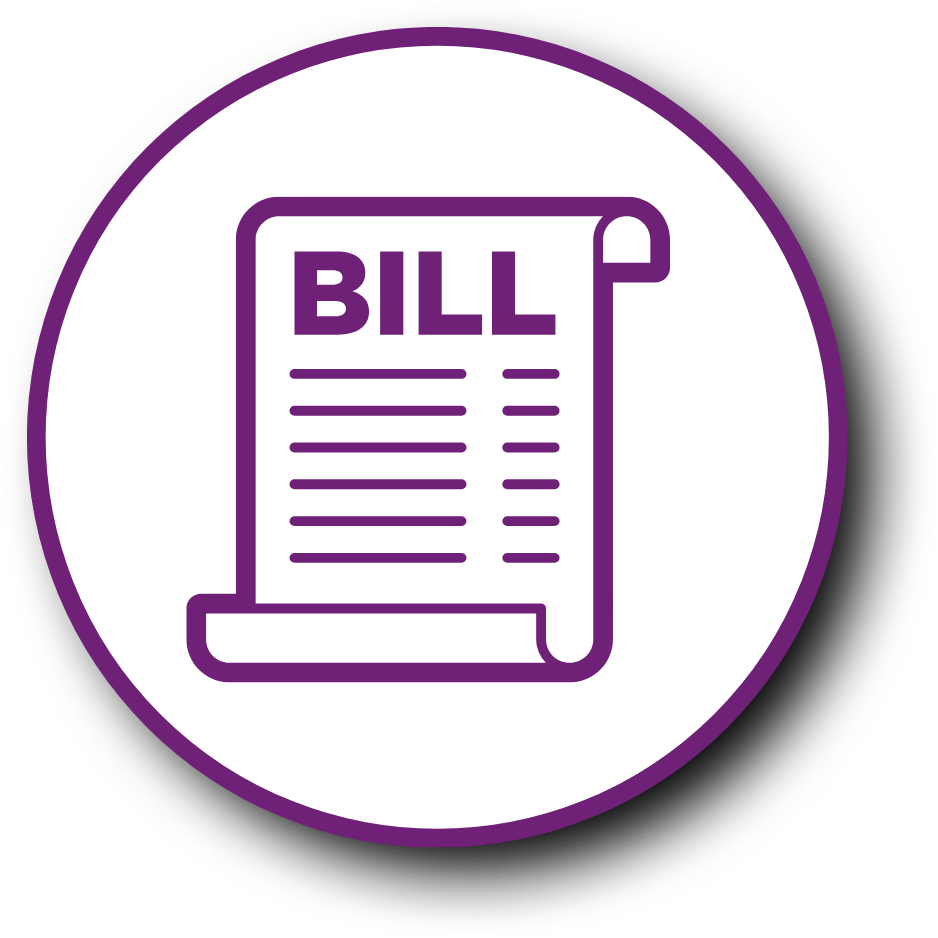
Misleading Billing Descriptors
- Why it’s a risk: Customers may not see your business name on their bank statements if you use default billing descriptors. This can lead to confusion and mistaken assumptions of fraud.
- Reduce Your Risk:
- Review and customize your billing descriptors for each card network to accurately represent your business.
- Avoid using generic or misleading descriptors that may confuse customers.
- Clear billing descriptors help customers recognize your charges and reduce the risk of chargebacks.
By implementing strong password standards and clear billing descriptors, you can enhance your website’s security and reduce the likelihood of chargebacks.

Not Validating Digital Goods
- Why it’s a risk: Customers may claim they never received digital products, making it challenging to verify the claim without proper validation
- Reduce Your Risk:
- Store digital goods in the cloud and assign unique product keys to each purchase.
- Send the product key to the custo your charges and reduce the risk of chargebacks.

Not Verifying Your Terms of Service
- Why it’s a risk: Customers may not fully understand your Terms of Service (ToS) if they don’t read them carefully. This can lead to misunderstandings and potential chargebacks.
- Reduce Your Risk:
- Require all customers to confirm that they have read and agreed to your ToS before completing their transaction.

Downplaying Disclaimers
- Why it’s a risk: Concealing or downplaying disclaimers can lead to misunderstandings and customer dissatisfaction, potentially resulting in chargebacks.
- Reduce Your Risk:
- Prominently display disclaimers at the top of relevant pages on your website.
- Remind customers of any disclaimers before they proceed to checkout.
- Ensure that disclaimers are clear and easily understandable.
By implementing these strategies, you can enhance the transparency of your business practices and reduce the risk of chargebacks related to digital goods and unclear terms.

Outdated Plugins
- Why it’s a risk: Neglecting to update plugins can create vulnerabilities in your website, making it susceptible to fraud attacks.
- Reduce Your Risk:
- Regularly check for plugin updates and implement them promptly.
- Have an IT specialist dedicated to maintaining your website’s security and ensuring all systems are up-to-date.

Misallocating Staff & Resources
- Why it’s a risk: Inefficiently allocating staff and resources can divert valuable time and money from more impactful revenue-protecting practices.
- Reduce Your Risk:
- Evaluate your chargeback risk factors and tailor your staff and resource allocation accordingly.
- Consider consulting with a chargeback expert to optimize your resources and protect your revenue.

Not Adopting 2FA Solutions
- Why it’s a risk: Traditional payment methods rely on a single security factor, making them vulnerable to fraud.
- Reduce Your Risk:
- Implement two-factor authentication (2FA) to add an extra layer of security.
- Consider using mobile payment options like Apple Pay and Google Pay, which offer built-in 2FA.
- Biometric verification, such as thumbprint or facial recognition, can further enhance security.
By addressing these risk factors and implementing effective security measures, you can significantly reduce your vulnerability to fraud and chargebacks

Falling Behind Trends
- Why it’s a risk: Staying updated on industry trends and consumer preferences is essential for retail success. Neglecting to do so can lead to mistakes and increased vulnerability to fraud.
- Reduce Your Risk:
- Stay informed about industry news, consumer trends, and evolving eCommerce tools.
- Regularly review your business practices to ensure they align with current market expectations.
- Adapting to changes can help minimize risk and improve your overall profitability.
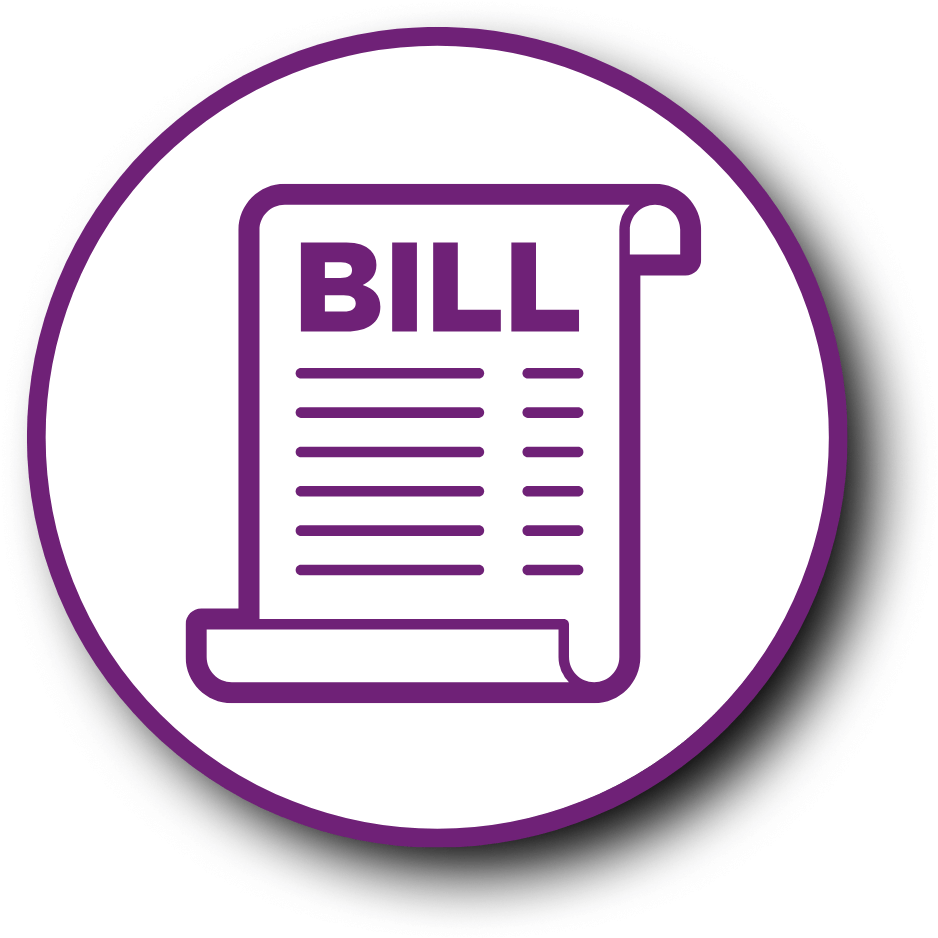
Negative Option Billing
- Why it’s a risk: Negative-option billing, which relies on fine print to generate profits, can lead to customer dissatisfaction and chargebacks.
- Reduce Your Risk:
- Ensure compliance with Visa and Mastercard’s billing rules.
- Maintain transparency in your billing practices and clearly communicate your policies.
- Make it easy for customers to cancel subscriptions or modify their accounts.
- Document every detail of your agreement to protect both your business and your customers.

Free Trials
- Why it’s a risk: Free trials can lead to disputes if not managed properly, as customers may forget or change their minds about continuing the subscription.
- Reduce Your Risk:
- Send timely notifications and reminders about the expiration of free trials.
- Include easy cancellation options in your emails or text messages.
- Providing clear information and easy cancellation processes can help prevent chargebacks and maintain customer satisfaction.
By staying updated on trends, avoiding negative-option billing practices, and managing free trials effectively, you can reduce chargeback risk and enhance customer satisfaction.
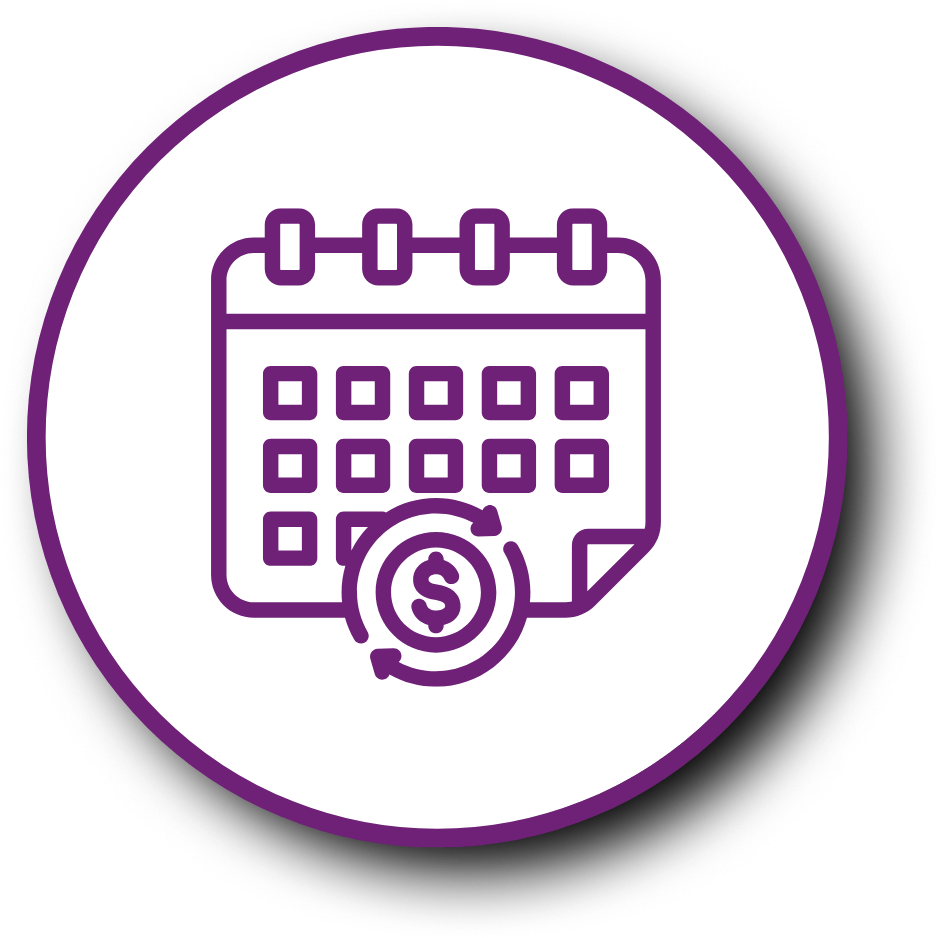
Subscription Billing
- Why it’s a risk: Subscription billing can be considered high-risk due to the ongoing nature of the agreement. This can lead to higher fees and penalties compared to traditional billing models.
- Reduce Your Risk:
- Regularly remind customers of their subscription agreement and the terms of service.
- Ensure your policies are clear and easy to understand.
- Send periodic emails to check in with customers and confirm their satisfaction.
- Proactive communication and transparency can help prevent misunderstandings and reduce chargebacks.

Affiliate Marketing
- Why it’s a risk: Affiliate marketing can be susceptible to fraud, with scammers claiming commissions for transactions they didn’t generate
- Reduce Your Risk:
- Prioritize fraud prevention when collaborating with affiliates.
- Establish clear terms and conditions for your affiliate program.
- Regularly review incoming data and analytics to identify irregularities.
- Conduct manual reviews of your affiliate marketing efforts to minimize the risk of fraud.
By addressing these risks associated with subscription billing and affiliate marketing, you can protect your business and reduce the likelihood of chargebacks

High-Dollar Items
- Why it’s a risk: Selling high-value items can classify you as a high-risk merchant, leading to increased fees and penalties.
- Reduce Your Risk:
- Implement clear communication about your processes and terms to minimize misunderstandings and disputes.
- While you can’t change the inherent costs associated with high-value goods, effective communication is your best strategy for managing the risk
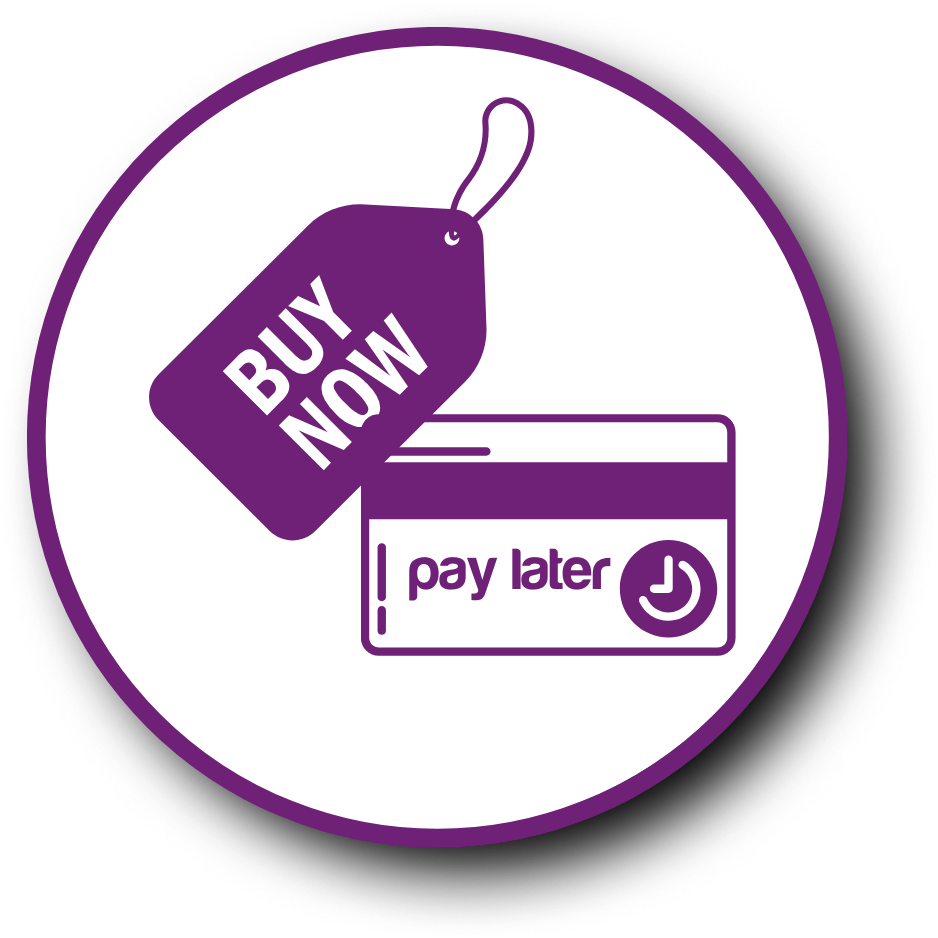
BNPL (“Buy Now, Pay Later”)
- Why it’s a risk: BNPL can lead to chargebacks if customers regret their purchase or forget about their agreement.
- Reduce Your Risk:
- Maintain transparency in your BNPL policies and communicate them clearly to customers.
- Send timely reminders and notifications about payments and upcoming due dates.
- Regularly follow up with customers to ensure satisfaction and address any concerns.
By addressing these risks associated with high-value items and BNPL, you can effectively manage your merchant account and reduce the likelihood of chargebacks
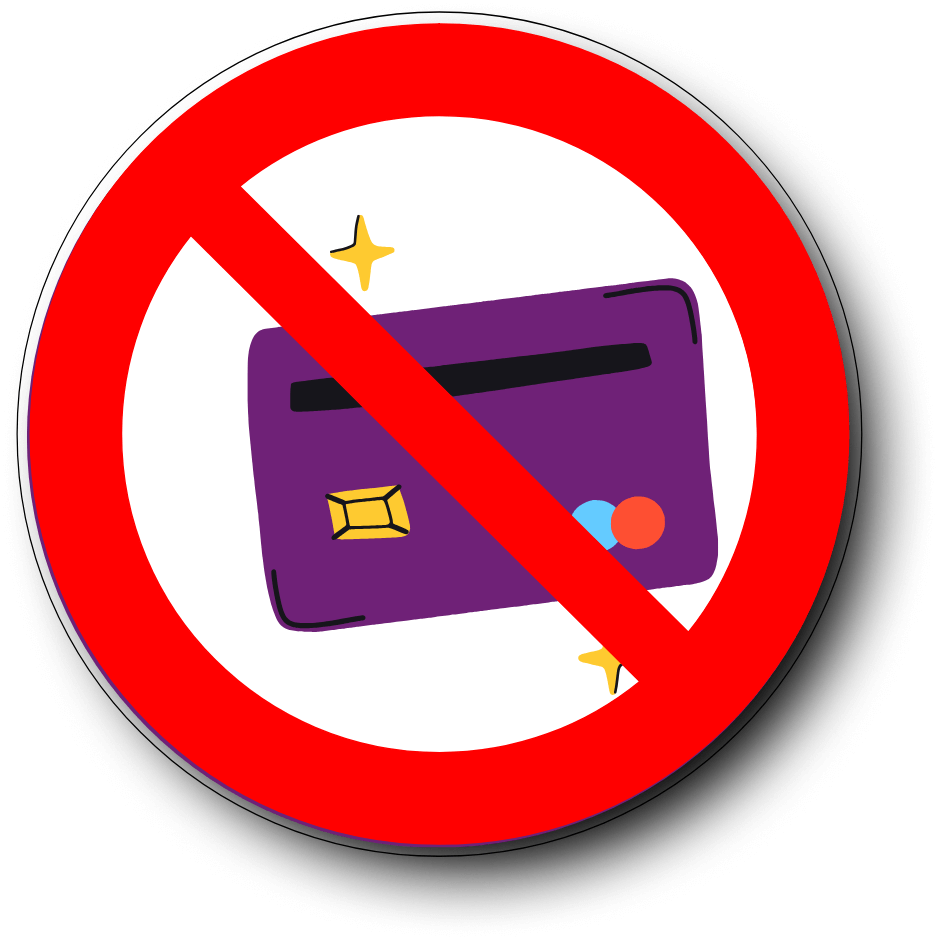
Card-Not-Present Sales
- Why it’s a risk: CNP transactions inherently have a higher risk due to the absence of face-to-face verification.
- Reduce Your Risk:
- Focus on refining your fraud prevention measures and eliminating ineffective strategies.
- A robust fraud prevention strategy, combined with effective chargeback management, is your strongest defense against fraud and chargebacks.
By addressing these risks associated with BOPUS and CNP transactions, you can enhance your business practices and minimize the likelihood of chargebacks
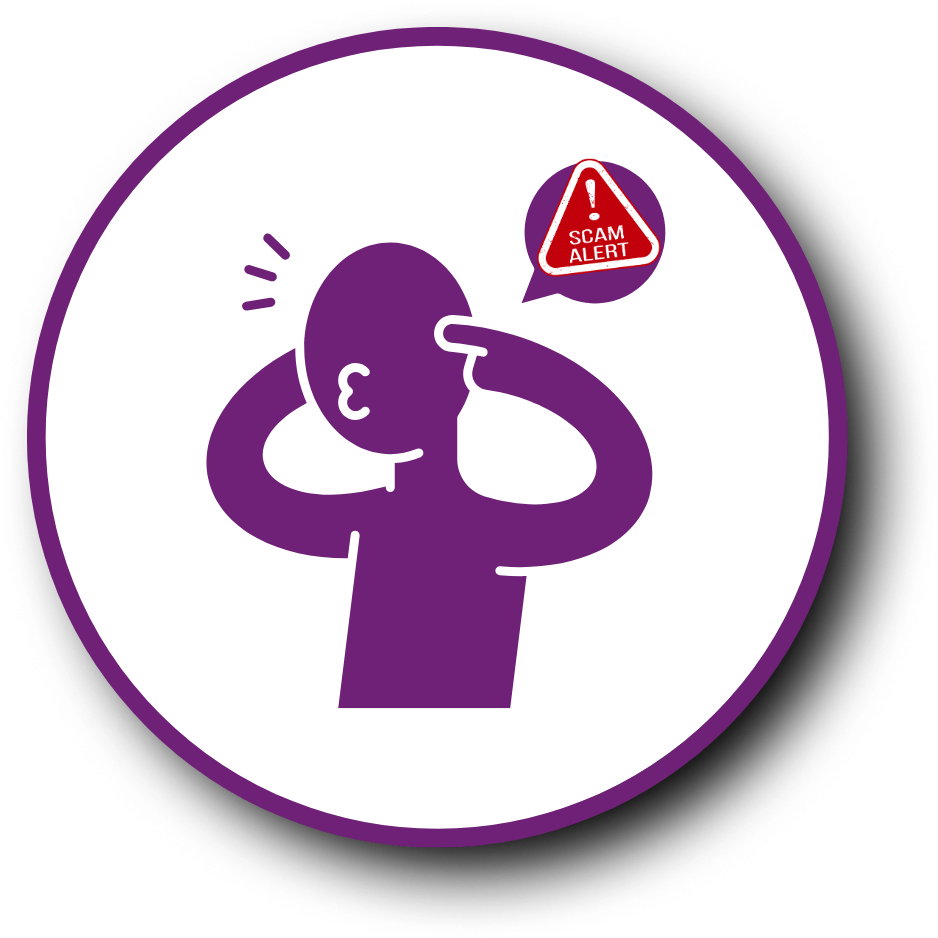
Ignoring Friendly Fraud
- Why it’s a risk: Friendly fraud, while often unintentional, can still lead to chargebacks and financial losses. Neglecting to address friendly fraud can have a significant impact on your business.
- Reduce Your Risk:
- Develop a comprehensive fraud prevention strategy that includes measures to combat friendly fraud.
- Implement effective chargeback management practices to minimize the financial impact of disputes.
- Enhance your customer service practices to address concerns and prevent misunderstandings.
- Utilize dynamic billing descriptors to improve customer recognition of your charges.
- Analyze chargeback data to identify patterns and trends related to friendly fraud.
- Refine your dispute response strategies to increase your chances of success.
By addressing friendly fraud proactively, you can reduce chargeback rates and protect your business’s financial health

Losing Track of Case Resolutions
- Why it’s a risk: Failing to track your chargeback win rate can hinder your ability to assess the effectiveness of your dispute strategies.
- Reduce Your Risk:
- Monitor your chargeback win rate to evaluate the performance of your dispute processes.
- Analyze your strategies to identify areas for improvement and refine your approach.
- Tracking your success rate helps you determine if adjustments or a complete overhaul are necessary.

Not Asking for Help
- Why it’s a risk: Neglecting to seek expert help can limit your ability to effectively address fraud, friendly fraud, and merchant errors.
- Reduce Your Risk:
- Collaborate with industry experts who specialize in fraud prevention and chargeback management.
- Look for certified professionals with proven experience in the payments industry.
- Seeking expert guidance can provide valuable insights and strategies to protect your business.
By following these tips and seeking expert help when needed, you can significantly reduce your chargeback risk and protect your business’s financial health
The Biggest Mistake: Ignoring Chargebacks
Failing to address the common chargeback risk factors outlined in this guide can have severe consequences for your business. In 2017, chargebacks cost merchants approximately $31 billion in direct fees, liabilities, and lost revenue.
Don’t let these simple mistakes continue to harm your business. Take action now! By implementing the strategies outlined in this guide, you can effectively reduce chargeback risk, protect your revenue, and ensure your business’s long-term success.
Read About effective strategies to prevent and mitigate their impact.
By taking proactive steps to address chargeback risk, you can safeguard your business’s financial health and maintain a positive reputation in the marketplace


